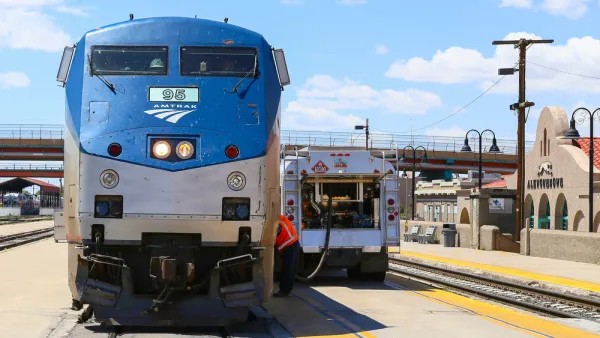Fracking bans passed overwhelmingly in the Front Range cities of Boulder, Fort Collins and Lafayette but appeared to be losing by a mere 248 votes in Broomfield as of 11 p.m. on election night.
Alison Noon provides election updates from The Denver Post as of 11 p.m. on Nov. 5. Voters in Boulder extended the city's existing fracking moratorium for five years by approving Boulder Ballot Question 2H: Oil and gas with 77 percent of the vote. Lafayette Ballot Question No. 300: Gas and oil, an outright ban on fracking, passed with 58 percent. Fort Collins Ballot Issue 2A, a five-year moratorium, won with 55 percent of the vote.
The passage of the three ballot measures is particularly significant when one looks at how little money the proponents spent compared to the opposition.
Colorado Oil and Gas Association opened its wallet wide to oppose all of the anti-fracking measures, spending $878,120 on city-specific campaigns by Halloween. Anti-fracking groups raised just over $26,000 in the same time.
While it was not yet known whether the energy industry would litigate the issue as they did with the Longmont ban, "Gov. John Hickenlooper says he won’t tolerate cities and towns that ban oil and gas drilling within their borders and he promises to take them to court," according to a CBS4 report on Feb. 26.
David J. Unger of the Christian Science Monitor writes that the ballot measures are a sign of the greater debate in Colorado and throughout the country about the drilling process known as fracking. It "is highly symbolic, and it comes just months after massive floods spilled tens of thousands of gallons of oil and gas condensate in northwest Colorado. What happens in Colorado may serve as a litmus test for the oil and gas industry, as fracking continues to spread across the U.S."
FULL STORY: Sides square off over $900,000 spent on Colorado anti-fracking measures

National Parks Layoffs Will Cause Communities to Lose Billions
Thousands of essential park workers were laid off this week, just before the busy spring break season.

Retro-silient?: America’s First “Eco-burb,” The Woodlands Turns 50
A master-planned community north of Houston offers lessons on green infrastructure and resilient design, but falls short of its founder’s lofty affordability and walkability goals.

Delivering for America Plan Will Downgrade Mail Service in at Least 49.5 Percent of Zip Codes
Republican and Democrat lawmakers criticize the plan for its disproportionate negative impact on rural communities.

Test News Post 1
This is a summary

Test News Headline 46
Test for the image on the front page.

Balancing Bombs and Butterflies: How the National Guard Protects a Rare Species
The National Guard at Fort Indiantown Gap uses GIS technology and land management strategies to balance military training with conservation efforts, ensuring the survival of the rare eastern regal fritillary butterfly.
Urban Design for Planners 1: Software Tools
This six-course series explores essential urban design concepts using open source software and equips planners with the tools they need to participate fully in the urban design process.
Planning for Universal Design
Learn the tools for implementing Universal Design in planning regulations.
EMC Planning Group, Inc.
Planetizen
Planetizen
Mpact (formerly Rail~Volution)
Great Falls Development Authority, Inc.
HUDs Office of Policy Development and Research
NYU Wagner Graduate School of Public Service



























